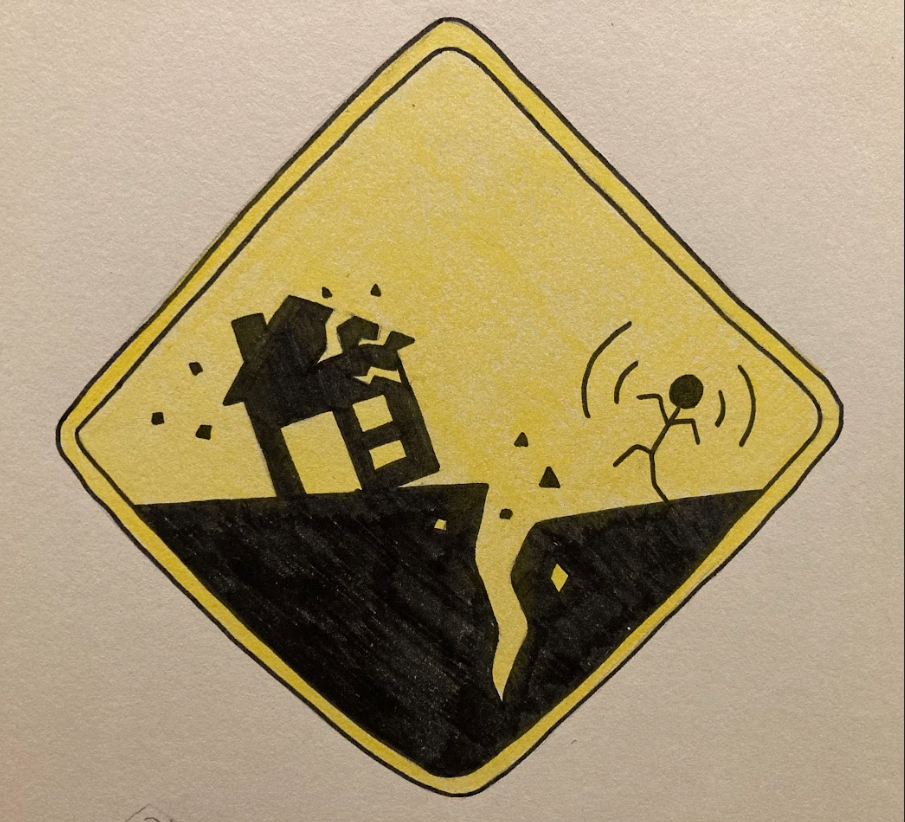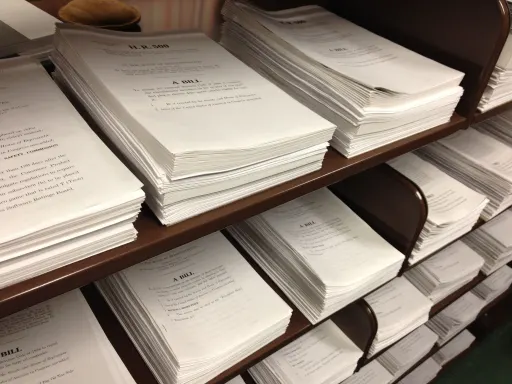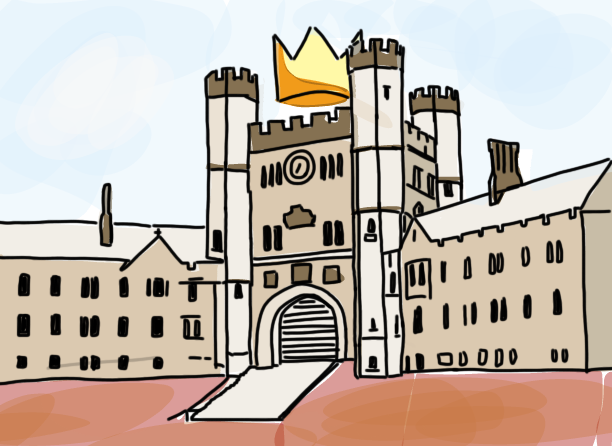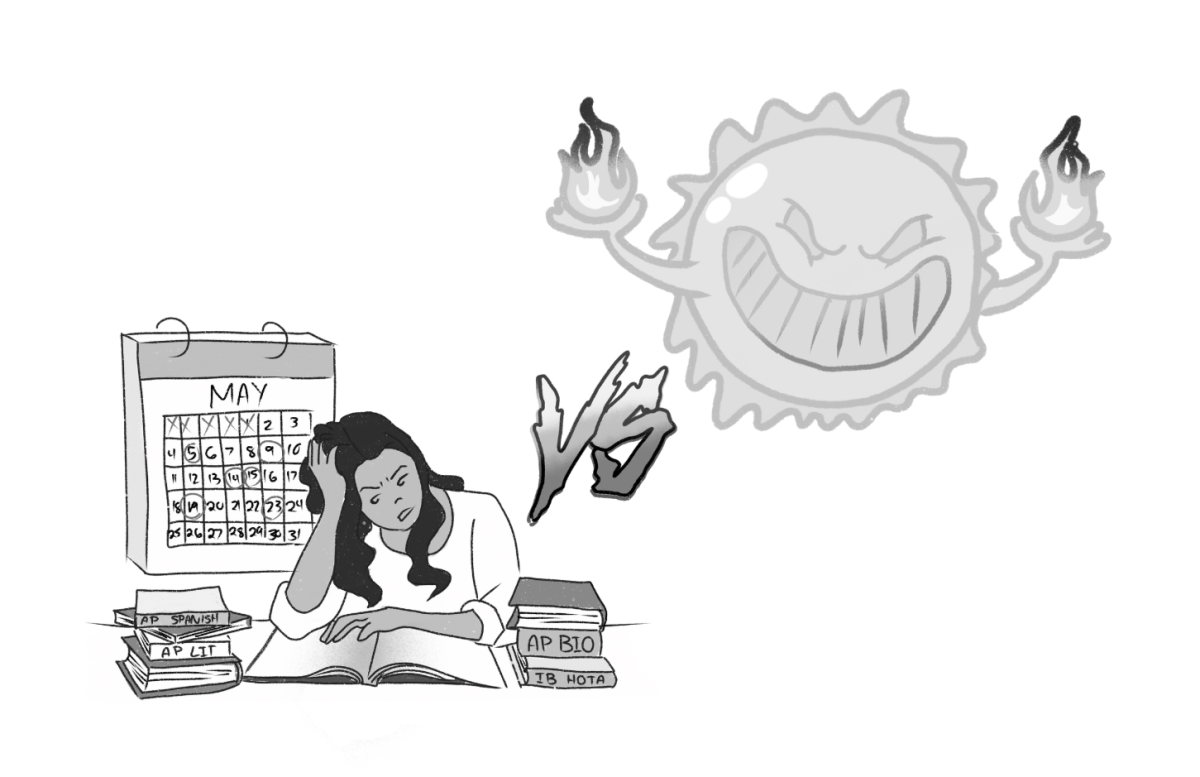Within the last 40 to 50 years, the earthquake magnitude average has multiplied about a dozen times. Earthquakes happen about 10,000 times per year in Southern California. Most of these earthquakes are so small that they are not felt, although a few hundred of these 10,000 are over the magnitude of 3.0. These earthquakes cause objects to shake, but they rarely cause damage. An earthquake with a magnitude of 4.0 is 10x stronger than a magnitude of 3.0. A 4.0 earthquake is when damage begins to happen. As the magnitude increases, so does the damage. About 15 to 20 of the 10,000 earthquakes are above the magnitude of 4.0, where they can be felt 60 miles from the center location, causing a minimal amount of any damage.
Earthquakes occur due to the movement of tectonic plates, which are huge pieces of the Earth’s crust that float on the semi-fluid layer (the mantle) beneath them. These plates are constantly shifting and interacting with each other. When the stress between two plates becomes too great, it causes them to slip or break, suddenly releasing a large amount of energy. This energy travels through the Earth in the form of seismic waves, causing the ground to shake.
Since the beginning of 2024, San Diego specifically has already experienced three earthquakes with a magnitude of 4.0 or higher. The latest of these earthquakes was on January 15, with a magnitude of 4.4. This earthquake was reported to only cause minor damage. A survey across San Diego reported that over 200 residents reported feeling “weak or light”. The other two earthquakes had a magnitude of 4.1 and 4.2, which also caused minimal damage.
One of the most recent earthquakes happened on January 1st, 2024. Honshu, an island in Japan, was hit with an enormous earthquake with a magnitude of 7.6, according to the Japanese Meteorological Agency. Nanao and Tokyo cities in Japan experienced the shaking as well. This particular earthquake also included dozens of aftershocks that even prompted a three foot tsunami. The affected land in Japan additionally rose by multiple feet, mitigating the predicted height of the tsunami and reducing the potential damage.This was the first tsunami warning Japan has issued since their 2011 earthquake and tsunami, known as the fukushima incident. This was an accident at the Fukushima Daiichi nuclear power plant in Ōkuma, Fukushima, Japan which began on March 11, 2011. In the city of Wajima with 23,000 citizens, most of them followed the evacuation orders and left, yet it still took 81 lives.
Quaking, shaking, destructing — Earthquakes in CA
Donate to The Wolfpacket
$85
$500
Contributed
Our Goal
Hello there! Our goal is to provide relavent, engaging journalism for readers of all ages. Your donation will support the student journalists of the Wolfpacket at Claremont High School, and will allow us to purchase equipment, print our monthly issues, and enter in journalism competitions. We appreciate your consideration!
More to Discover
About the Contributor
Fiona Bulmer, Reporter
Fiona Bulmer is a sophomore at Claremont High School and a reporter for the Wolfpacket. In her free time she enjoys playing soccer, hanging out with friends, and skiing when the weather allows it. She also enjoys getting as much sleep as possible. As a vegan, one of her favorite foods is tofu panini’s, which she swears are better than they sound. Her favorite school subjects are Hhistory and English. She joined Wolfpacket partially due to her love of English, and is hoping to expand her writing skills and meet new people this year.




















